
Java is a remarkable island with no less than 121 active volcanoes, a host of national parks and Borobudur, the world’s largest Buddhist shrine. Tangkuban Perahu is a dormant volcano 30 km north of the city of Bandung, the provincial capital of West Java.
For those interested in cultural pursuits such as arts, crafts and exploring ancient temples and palaces, Yogyakarta is the place to visit. Referred to as ‘Yogja’ by the locals, this city is an incredible mix of old and new. Yogyakarta is also the gateway to the compelling Borobudur Temple, located just 25 km northwest from the city centre. Borobudur is the single largest Buddhist shrine anywhere on earth and those who visit will be amazed by both the scale of the structure and the remarkable attention to detail. It is set in the heart of the verdant Kedu Plain which enhances the sense of awe and drama.
As the country’s main island; base of the capital; and the leading political and economic force, Java has tourism and meeting infrastructure to match its weighty reputation.
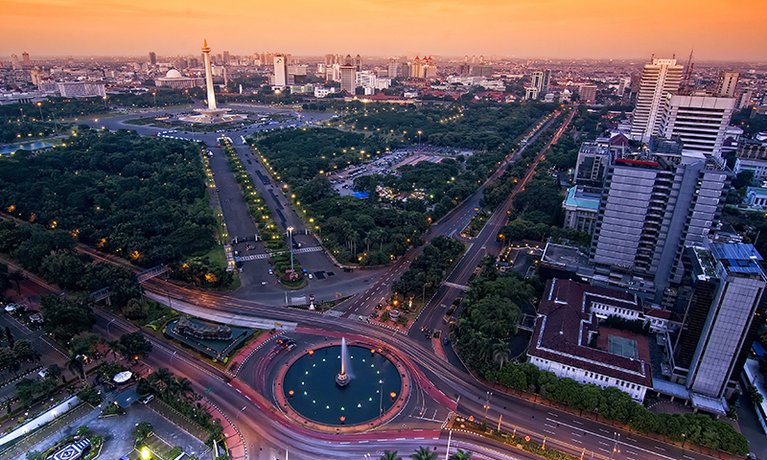
Located on the northwest coast of Java, Jakarta is a sprawling cosmopolitan capital that offers superb culture, entertainment, shopping and sightseeing. Covering an area of over 650 sq km, the capital is home to several art and cultural festivals and exhibitions such as; the annual Jakarta International Film Festival, the Java Jazz Festival and Jakarta Fashion Week. Jakarta also has an abundance of accommodation options, world class exhibition facilities and entertainment options to meet the varying demands of today’s meeting planners.
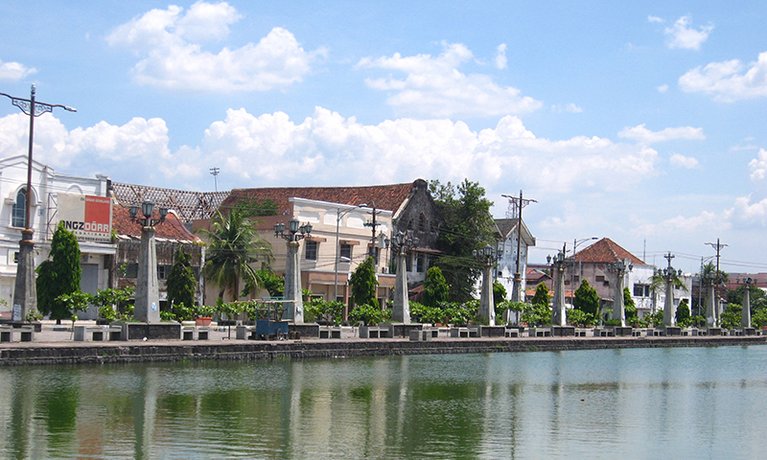
Semarang lies in the northern region of Central Java and has long been a centre for business within Indonesia. The city is well connected to other destinations in Java, with a developed infrastructure in place to help get in and out of the city with ease. For those with a few days here, there is plenty to see, taste and do. A wealth of Dutch colonial architecture still stands amid an enticing range of museums and monumental landmarks commemorating Java’s emphatic history.
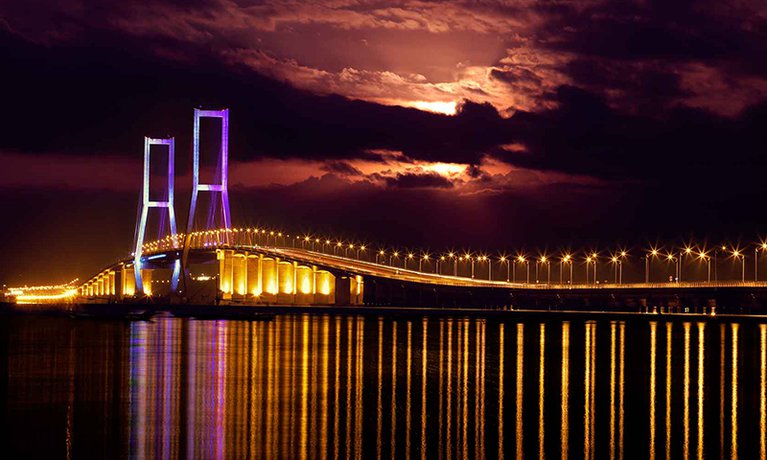
Tree lined streets and pathways, a business driven population and welcoming vibe make Indonesia’s second largest city quite a contrast to Jakarta. At first sight Surabaya may appear just like every other big city - congested and void of worthwhile attractions. But dig below the surface and this destination has many charming corners, including a huge Chinatown, a labyrinth of quaint lanes and variety of Dutch architecture remnant of its colonial history.
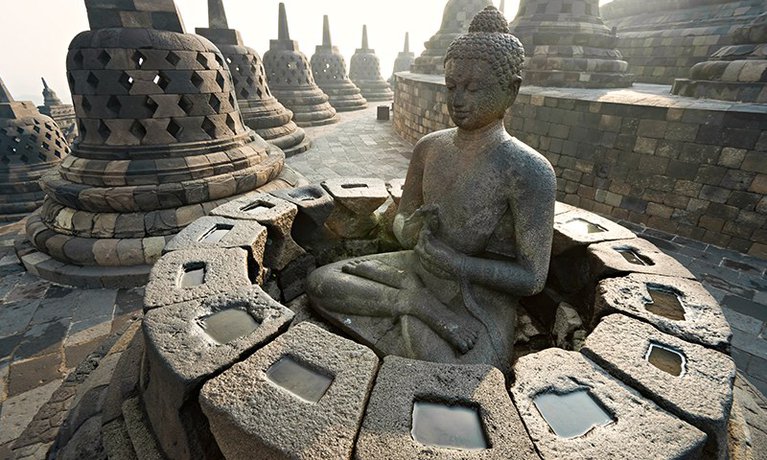
Yogyakarta is the most popular destination amongst tourists on Java, largely owing to its close proximity to the temples of Borobudur and Prambanan. The city is full of tradition with countless hotels, restaurants and entertainment to keep visitors occupied. Its relatively small size is easy to navigate on foot, or on a traditional becak that can be found in most areas. Yogyakarta has a great history with many heritage buildings and monuments still standing. One of the finest attractions remains the impressive Sultan’s palace – a grand complex designed to reflect Javanese traditions.
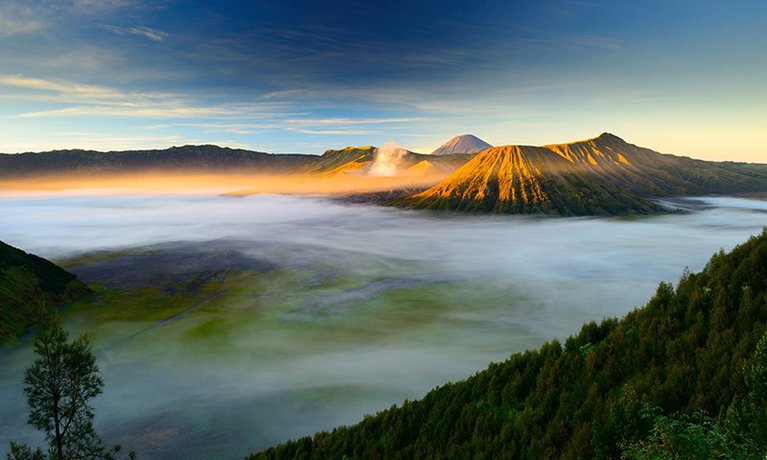
This active volcano is located approximately a four hour drive from Surabaya in the Bromo Tengger Semeru National Park. The mountain is quite distinct with its vast crater measuring 10km surrounded by volcanic sand. The eerie landscape is void of vegetation with the crater belching out clouds of sulphurous smoke – contrasting the surrounding lush valleys. The overall setting is quite stunning with many visitors coming to see the spectacular sunrise from its summit, watching Mt Semeru smoking in the distance as the sun pierces the morning sky.